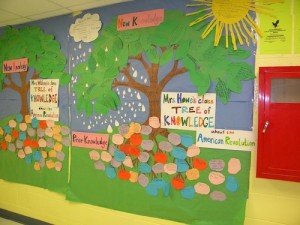By Andrea García, Hofstra University
Hope
Hope is the thing with feathers
That perches in the soul,
And sings the tune–without the words,
And never stops at all,
And sweetest in the gale is heard;
And sore must be the storm
That could abash the little bird
That kept so many warm.
I’ve heard it in the chillest land,
And on the strangest sea;
Yet, never, in extremity,
It asked a crumb of me.
– Emily Dickinson
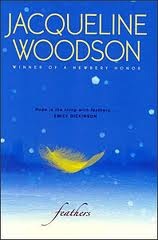 There are authors whose words stay with us long after we have turned the last page and placed the book back in our shelves. For me, Jacqueline Woodson is one of those authors, whose writing stays in my mind, as I revisit the emotions evoked by the experiences of the characters in her stories. In her book Feathers we meet Frannie, a six-grade girl who is growing up in a segregated town during the 1970’s. Frannie’s teacher introduced her to Emily Dickinson’s poem Hope, and Frannie is captivated by the words in the poem. She copies them down in her notebook, and is determined to find out their true meaning. Is hope supposed to feel as light as a feather? Continue reading →
There are authors whose words stay with us long after we have turned the last page and placed the book back in our shelves. For me, Jacqueline Woodson is one of those authors, whose writing stays in my mind, as I revisit the emotions evoked by the experiences of the characters in her stories. In her book Feathers we meet Frannie, a six-grade girl who is growing up in a segregated town during the 1970’s. Frannie’s teacher introduced her to Emily Dickinson’s poem Hope, and Frannie is captivated by the words in the poem. She copies them down in her notebook, and is determined to find out their true meaning. Is hope supposed to feel as light as a feather? Continue reading →



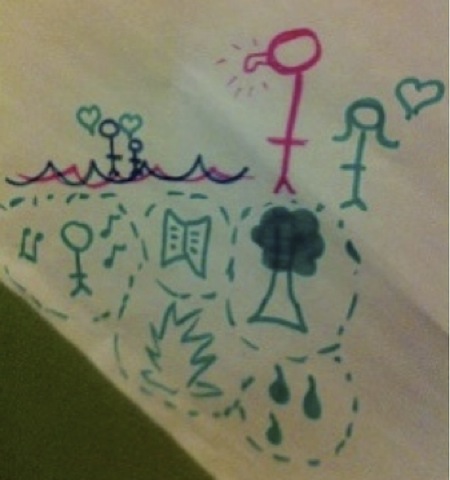
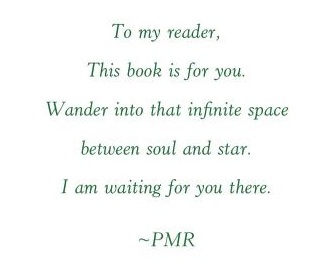
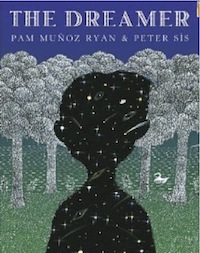
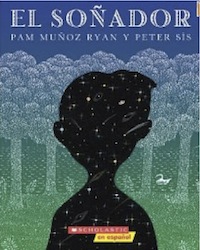

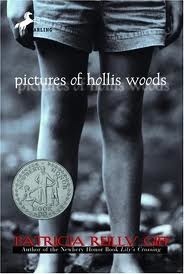

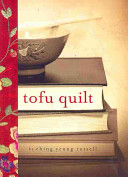 Reading books together and discussing them within a community of readers is at the heart of the process of constructing meaning and negotiating the multiple dimensions that literature has to offer. This month, the focus of my blog is in sharing the literary transactions of a community of elementary teachers, who were invited to document their interpretations to different books through engaging with multiple response strategies while exploring the use of children’s literature in the elementary classroom. Since one of my goals as a literacy educator is to bring books to people
Reading books together and discussing them within a community of readers is at the heart of the process of constructing meaning and negotiating the multiple dimensions that literature has to offer. This month, the focus of my blog is in sharing the literary transactions of a community of elementary teachers, who were invited to document their interpretations to different books through engaging with multiple response strategies while exploring the use of children’s literature in the elementary classroom. Since one of my goals as a literacy educator is to bring books to people 